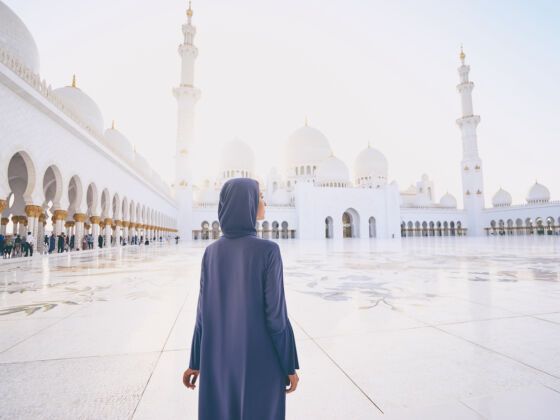Nicola Beach, Turkey, Expatorama
Istanbul’s Sultanahmet Mosque is widely known as The Blue Mosque because of the abundant blue Iznik tiles decorating its interior. With its prominent 6-minaret silhouette and beautiful interior, it was high on our must-see list whilst living in Turkey. Shoes must be removed before entering, and ladies are provided with wraps to cover any exposed flesh or hair. Forewarned, I took my own pashmina. Once inside, we marveled at the tiled walls, stained glass windows, and intricately patterned ceilings. The vast carpeted floor is also impressive and presumably warm underfoot in the chilly months, but combined with shoeless masses the result was, unsurprisingly, an overwhelming odor of FEET. Blindly following my family further inwards through the crush of visitors, I suddenly found my way blocked by a mumbling guard. I hesitated, unsure whether his mumbling was directed at me, as he didn’t make eye contact. I got caught up in a confusing dance as I tried to get by the guard. Looking around for clues, the Lira finally informed me that I had unwittingly been trying to enter the men-only prayer area, so I waited patiently by the barrier and watched with great amusement as other female tourists went through the same awkward dance with the guard. Meanwhile, my young daughter was allowed to spin in carefree circles in this forbidden central space.
